Where to Eat Hot, Soupy Xiaolongbao and Shengjianbao in Shanghai
By Elaine ZhaoWhile China struggles to rebuild its economy after the pandemic, Shanghai still retains its title as one of the country’s most exciting modern cities. As the creative capital, from Shanghai Art Week to Shanghai Fashion Week (the draw of which even Rihanna and A$AP Rocky can’t resist), the city emanates a shine from its ‘new meets old’ glamour, against a backdrop of the glittering Bund skyline. This cosmopolitan energy is also embedded in its deep culinary history: being home to ‘hu cai’ (Hù cài 沪菜), the regional Shanghainese cuisine.
Hu Cai is made up of two schools of thought: the original being ‘ben bang cai’ (本帮菜) which literally translates to ‘local cuisine’ – known for its light sugary touch incorporated into dishes through methods like braising, creating a caramelised depth of flavour. Shanghai’s other main culinary style is ‘hai pai cai’ (海派菜), translating to ‘all embracing cuisine’, which represents the international influences that have shaped Shanghai’s history. After China lost the First Opium War and opened up to foreign trade, this gave rise to the East meets West characteristics of hai pai cai: where locals reinterpreted foreign dishes like borscht, potato salad and pork chops with a distinctly Chinese twist. To be clear, hu cai is not included in the eight famous cuisines regarded as the most celebrated pillars of culinary tradition in China – so while it’s not lauded as particularly exciting, I find it’s the understated homeliness that gives many local dishes their charm.
Within the city’s culinary tapestry, this guide focuses on Shanghai’s dumpling scene: especially two specialties that are best consumed fresh and (in my opinion) enjoyed affordably, sitting amidst the city’s bustling streets. First, the xiaolongbao: invented in the 19th century when a restaurant owner accidentally added gelatin to his dumplings and realised they had filled up with flavoursome broth. For those who don’t know, the correct way to eat these is to let them cool down, before taking a small bite at the side of the dumpling to release the steam. You can then drink the soup through this hole, as well as add black vinegar and ginger for flavour, before eating the rest of the dumpling. Then there’s its crispy cousin, the shengjianbao: a doughy variation on the traditional soup dumpling. These are fried in an oily pan to give the bottom its signature crunch, while gelatin from the pork filling melts into the dough, making it soft, unctuous, and delicious.
Here’s a curated selection of where to find both across the city.
Xiaolongbao
Lao Long Tang Mian Guan
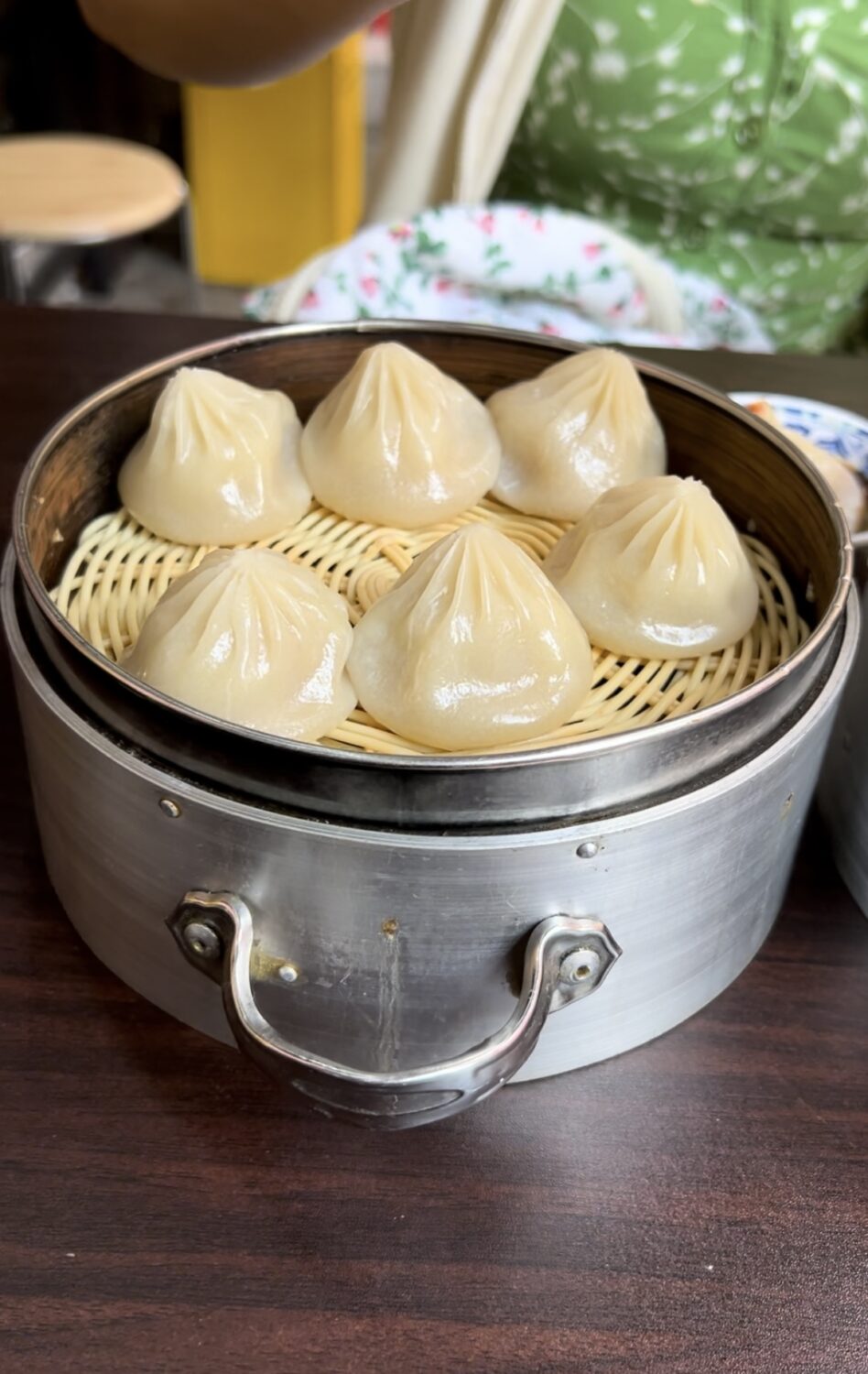
The beauty of Shanghai is that you are never a few metres away from an old school dumplings joint – and they’re easy to spot because of their metal steamer baskets piled high outside, clouded in steam. This place is a reliable, no-frills eatery with all the classic xiaolongbao options: pork, crab or pork and crab fillings to be enjoyed al fresco on the tables spilling out onto the street.
老弄堂面馆 (not sure of exact number!) but near the intersection of Cheng Xiang Ge Lu and Jiu Xiao Chang Lu, near Yu Yuan
Ningbo Dumplings (Yuyuan Garden)
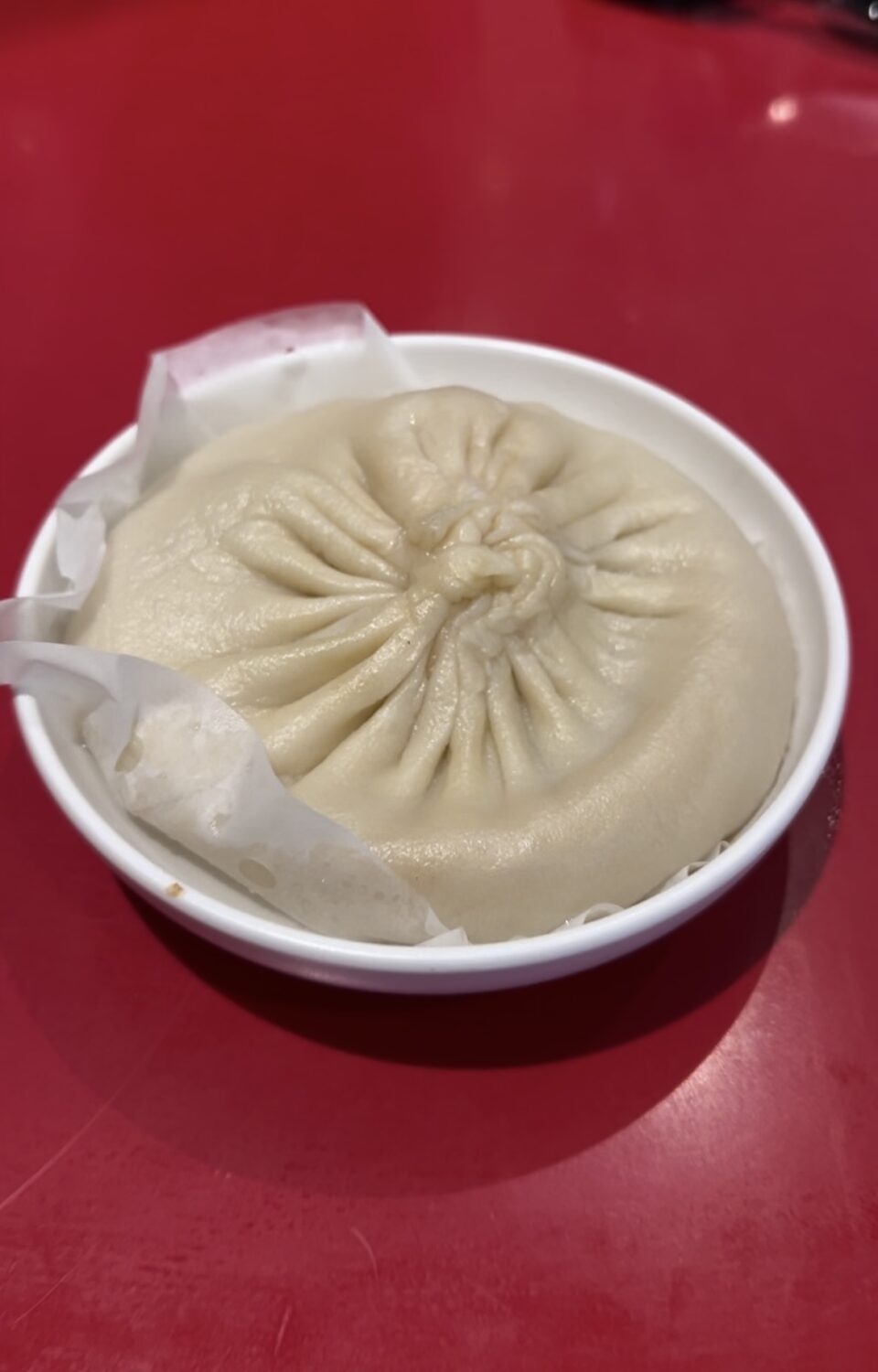
If you’ve ever struggled with drinking the hot soup in one of your XLBs, this giant variation means you can actually use a straw to help. Introducing the tangbao: an enlarged version filled with minced pork and crab meat, drowned in soup and bundled together with a much thicker dumpling skin to carry the extra weight. Enjoy one in this casual spot located near the historic Yuyuan Gardens: an ideal stopgap after exploring the area.
Ningbo Dumplings, Yuyuan Road No. 110
Lai Lai Xiaolong
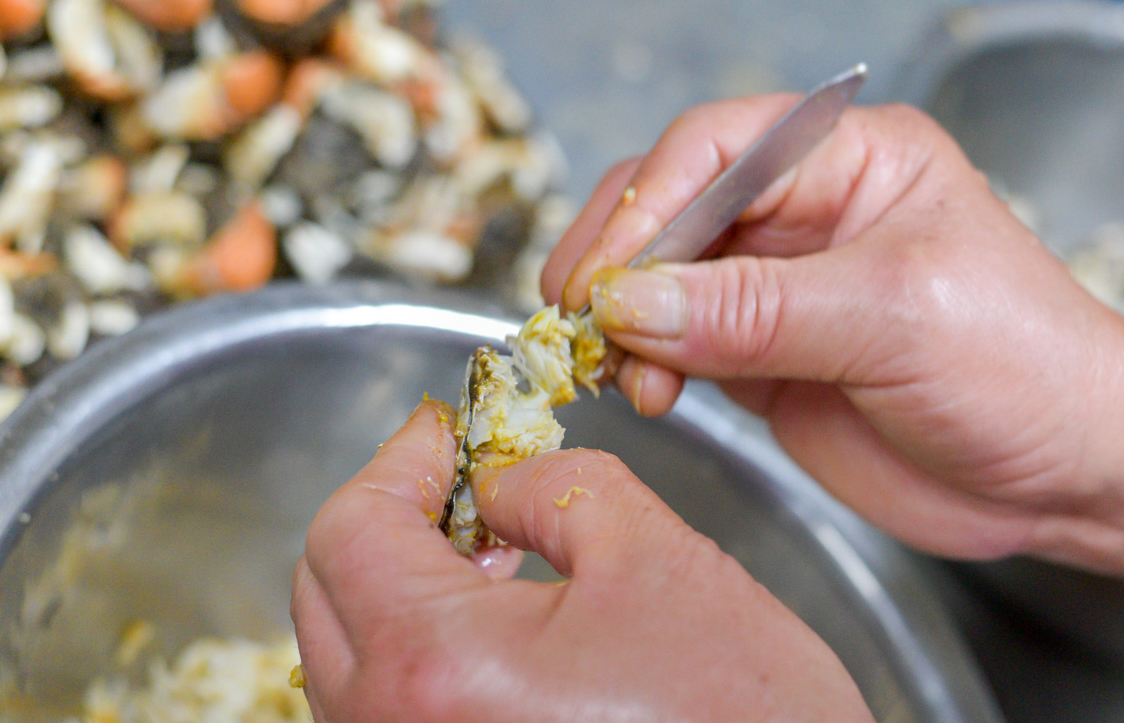
This popular dumpling haven becomes even more so during Shanghai’s hairy crab season (September to December) for its special hairy crab fillings, freshly hand picked by the dutiful staff. Hairy crabs are a gourmet delicacy, known for their buttery roe and sweet-tasting meat, to be enjoyed dipped in vinegar alongside a cup of warming ginger tea. During this period, hairy crab mania takes over the city’s culinary scene (one that is already obsessed with seafood)!
Lai Lai Xiaolong, 504 Tianjin Lu near Guangxi Bei Lu, 天津路504号近广西北路.
Jia Jia Tang Bao
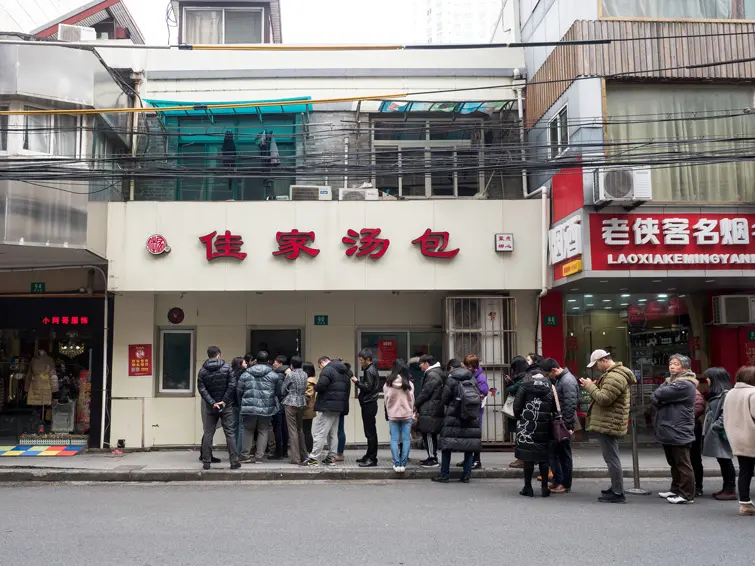
In China, there’s a dining out discovery app called Dazhong Dianping, which is the country’s unofficial food bible: reviews on the platform can easily make or break a restaurant. One of the highest rated XLB places is this small but deeply cherished institution, where there’s often a queue outside. It’s worth making a trip earlier in the day, because they shut their doors when they sell out. Once you’re in, expect to share tables with hungry strangers.
Jia Jia Tang Bao, 90 Huanghe Lu, 黄河路90号.
Lai Lai Xiao Long (Jing An branch)
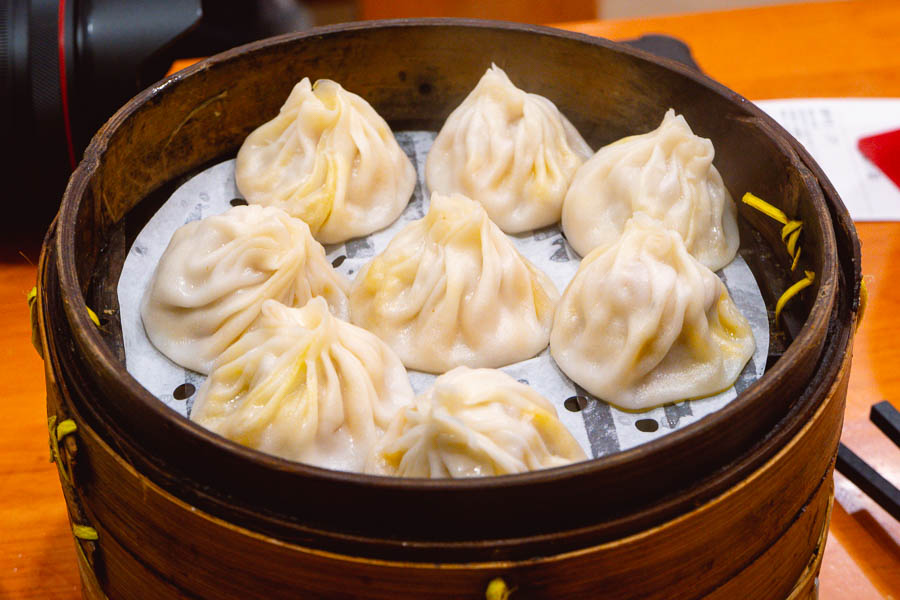
The xiaolongbao at this Michelin guide-endorsed is always full of flavour. At the Jing An branch, the curved walls and wooden interiors give this modern restaurant a sleek finish, while the open kitchen welcomes guests in to witness dumpling mastery at work. If you’re across town however, there’s also another branch in Huangpu district.
Lai Lai Xiao Long, 1726 Beijing West Road Jing’an District
Shengjianbao
Hu Jianglao Zhenghe
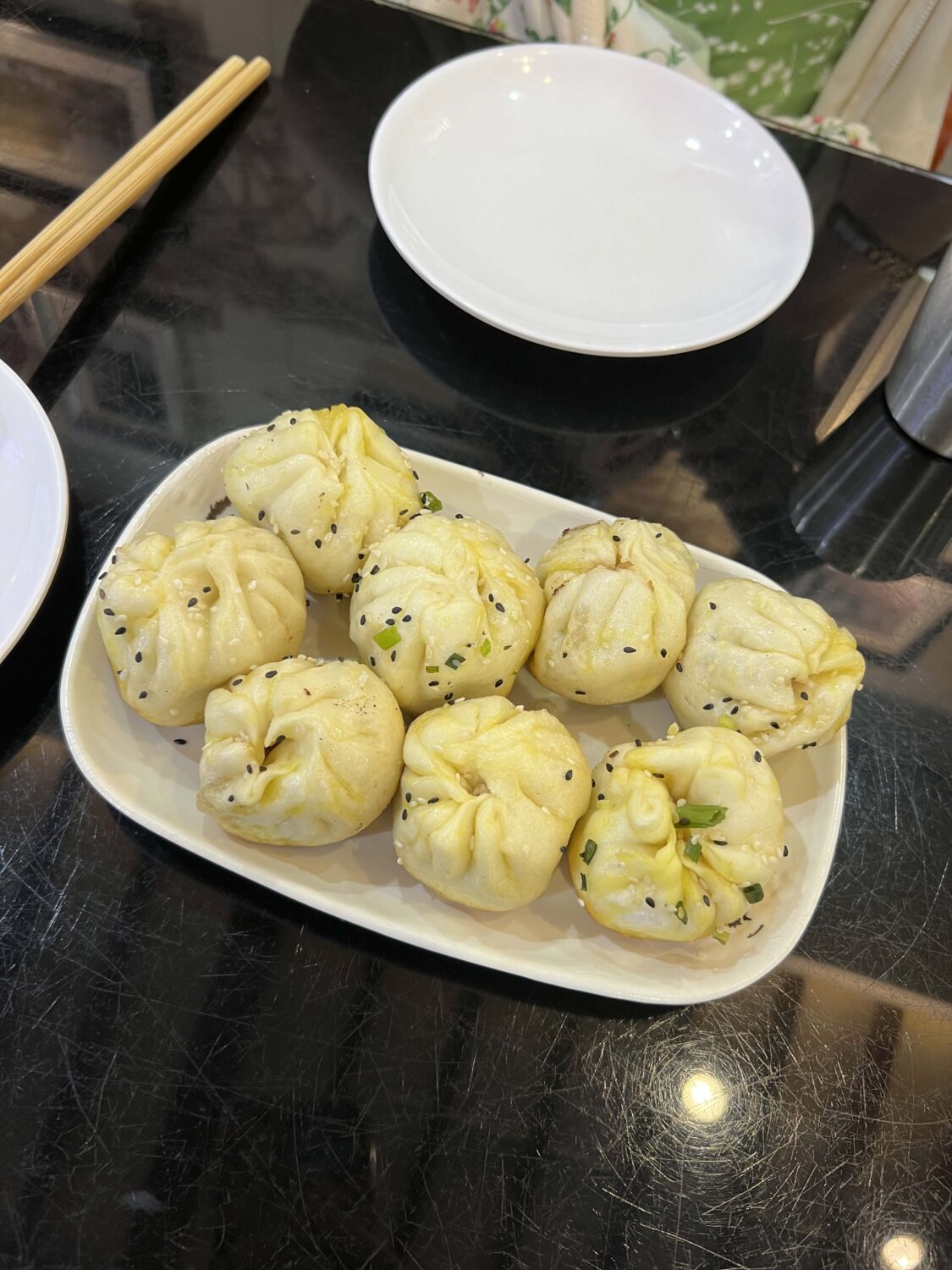
This historic place has been around for decades and serves a variety of noodles and family-style dishes in a relaxing environment with shiny oak interiors. Its shengjianbao is made with a dash of soy sauce in the pork filling, giving it a slight umami sweetness. Located near the Bund, it’s a convenient place to grab a bite after admiring the Shanghai skyline.
Hu Jianglao Zhenghe, Sichuan South Road No.11 (Nearby Yan’an East Road)
Huji Potsticker
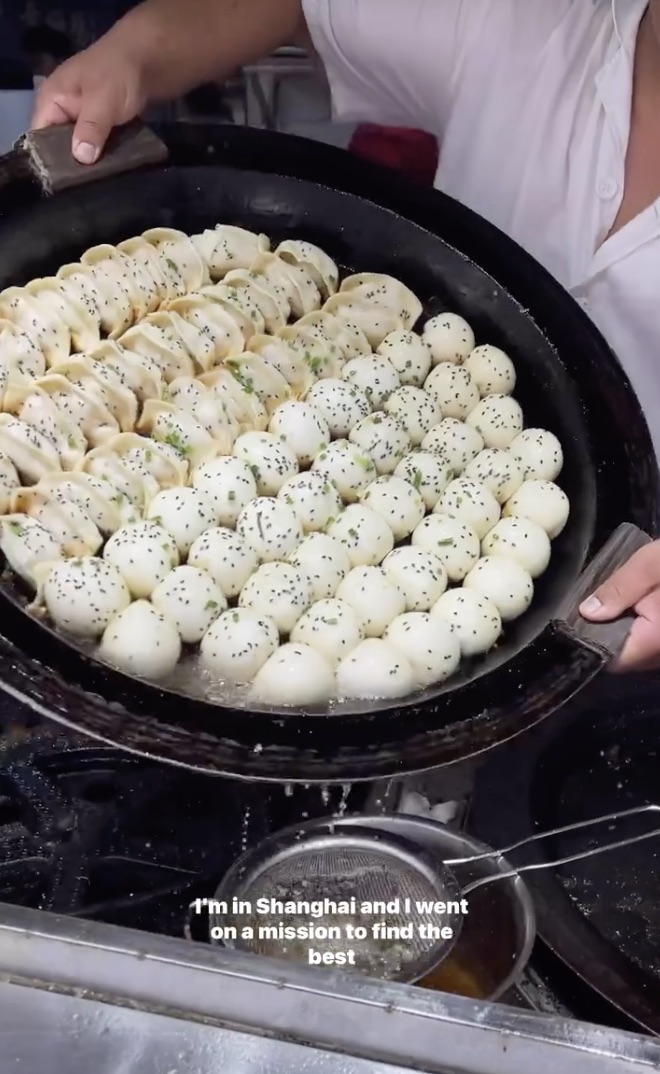
This super local, hole-in-the-wall joint is my favourite way to eat shengjianbao: made fresh in front of you on a hotplate and thrown into a little paper cup, every bite bursting with soup as you try eat them on-the-go. They use the traditional ‘troubled water’ technique, where the seam of the dough is hidden in the brown bottom part, forming buns that look consistent in shape and size.
Huji Potsticker, located in a local wet market on Jixiang Road and Bao’an Road Intersection: Northeast 40 Meters, Hongkou (has no online presence so may be a bit tricky to find!)
Pujiang Xiaoyue
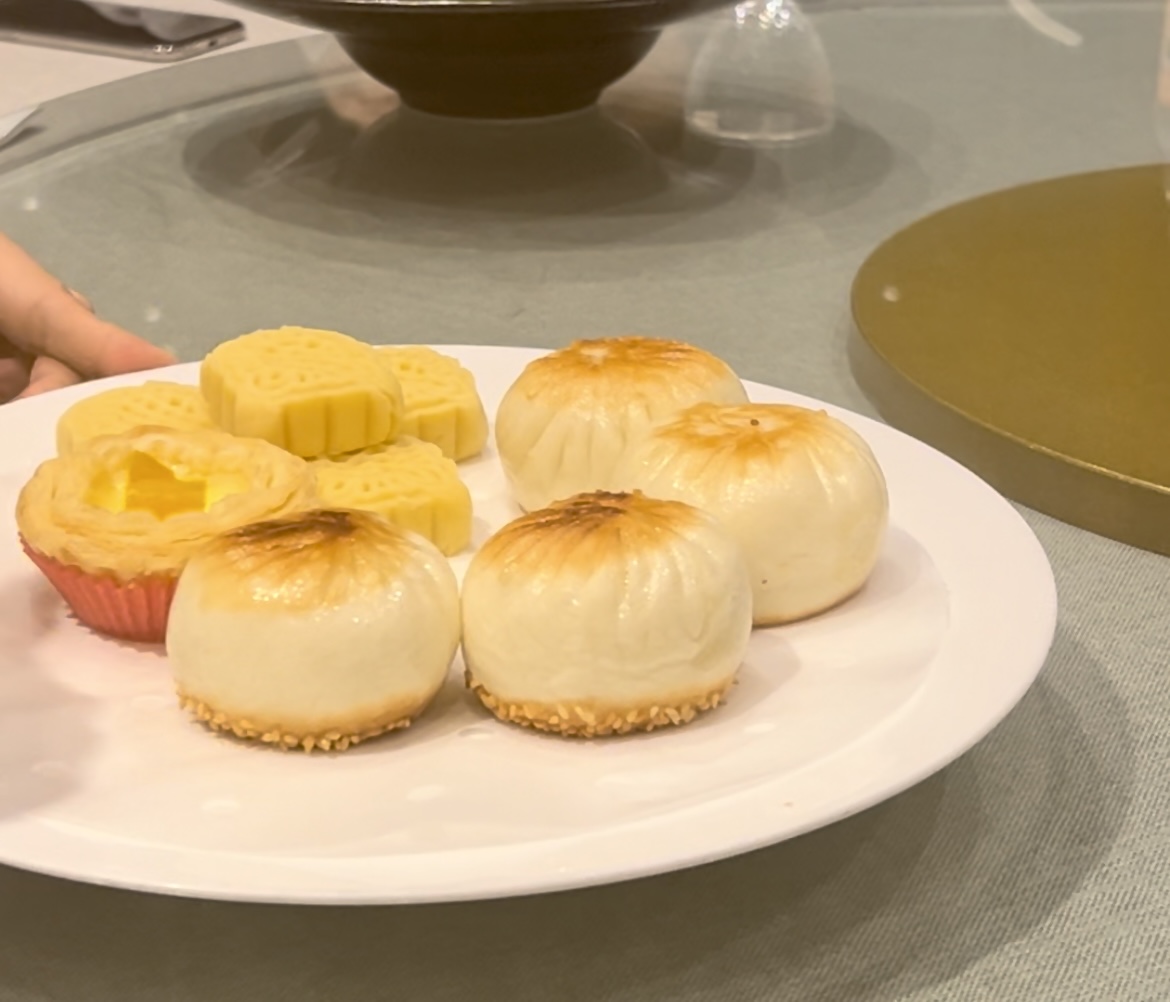
For a more upmarket experience, Pujiang Xiaoyue offers a banquet style meal with traditional Shanghainese classics, reimagined in a modern, brightly lit setting on the fifth floor of a modern high rise mall. The menu here includes the rarer vegetarian version of the shengjianbao classic, replacing pork with chives and leafy vegetables instead.
Pujiang Xiaoyue, 5th Floor, Super Brand Mall, Shanghai
Da Hu Chun
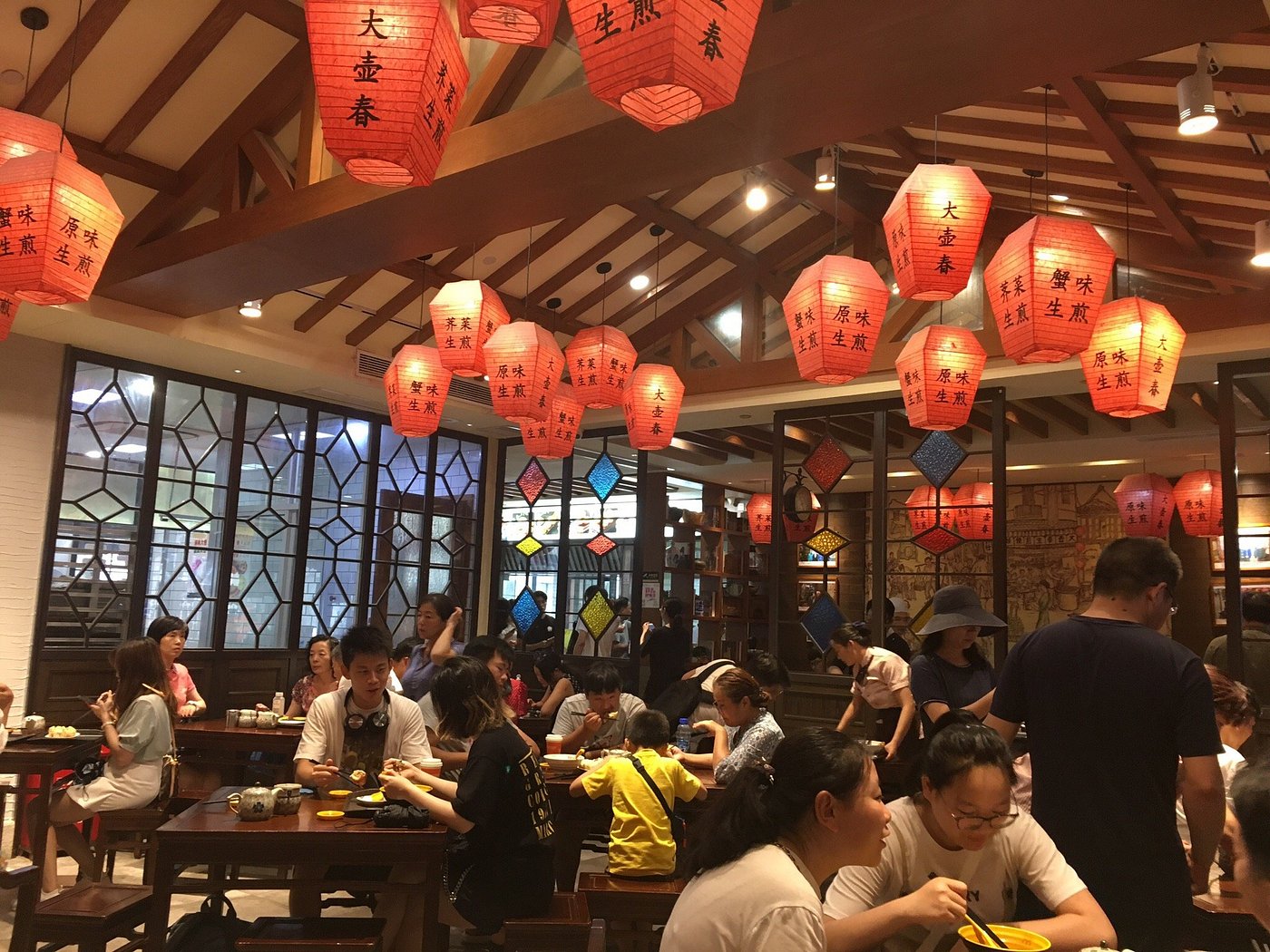
Since opening in 1932, Da Hu Chun have been rewarded in recent years for its high quality buns at affordable price points with a Michelin Bib Gourmand. Note that the chefs here use the ‘clear water’ technique – where the twisted seal of dough is left facing upwards, leaving the other half to be fried in oil, creating wonky buns that enjoy an extra crispy skin. These versions have a thinner skin and contain less soup than the classic SJB, so the pork filling becomes more pronounced.
Da Hu Chun, 136 Middle Sichuan Road, Huangpu
Dong Tai Xiang (ChongQingBeiLu branch)
To satisfy cravings at any time of the day, this 24 hour spot serves fresh shengjianbao alongside other must-haves like its signature sesame paste wontons and scallion noodles. Note, it also use the ‘clear water’ technique, meaning less soup in the dumpling fillings – so another place might be a better option if that’s your favourite part.
Dong Tai Xiang, 188 Chongqing Bei Lu 重庆北路188号 (They also have a second branch in Changning, but that one closes at 8.30pm)
To read Elaine Zhao‘s guides on where to eat in Hong Kong, click here. Header photo by Elaine Zhao.